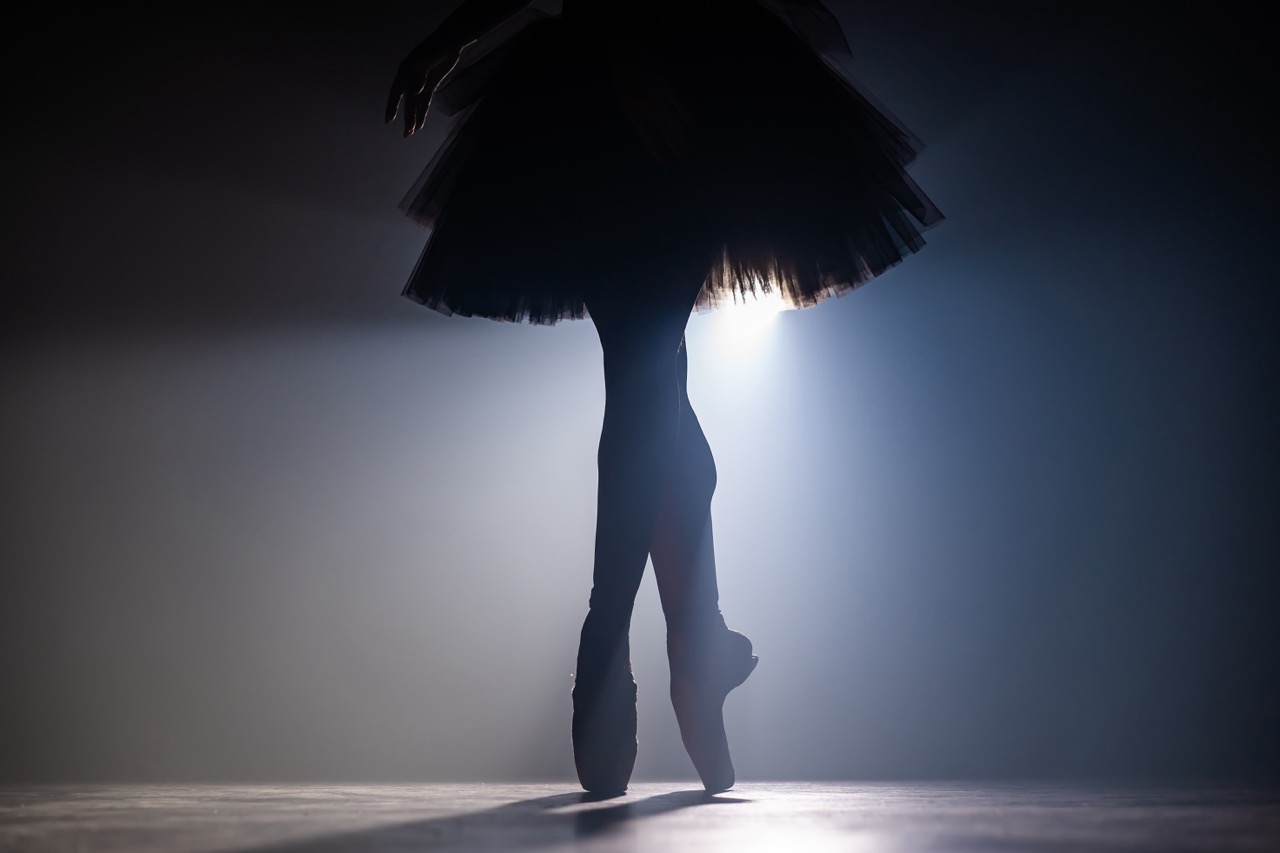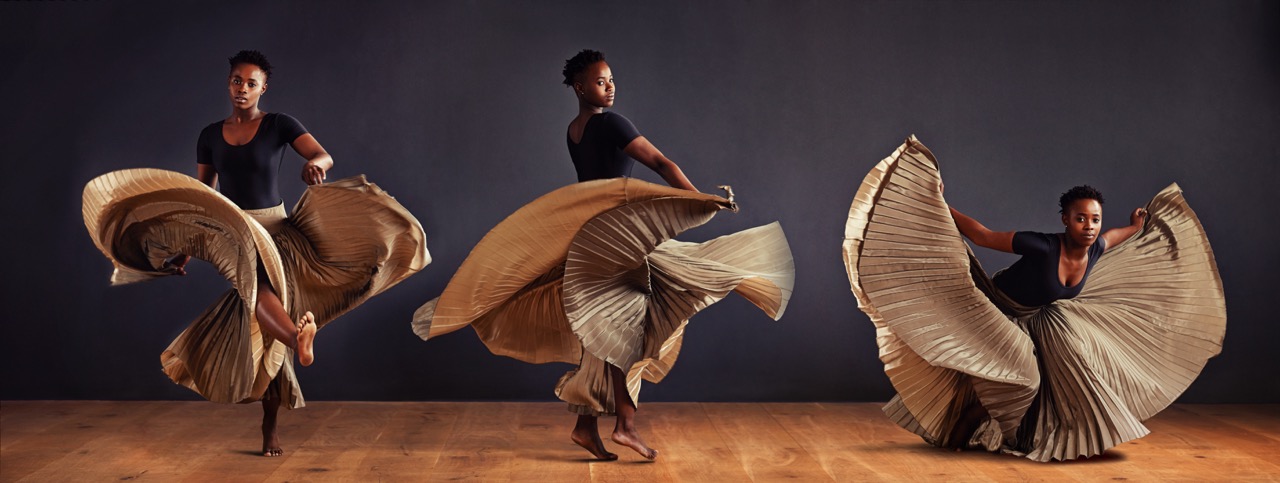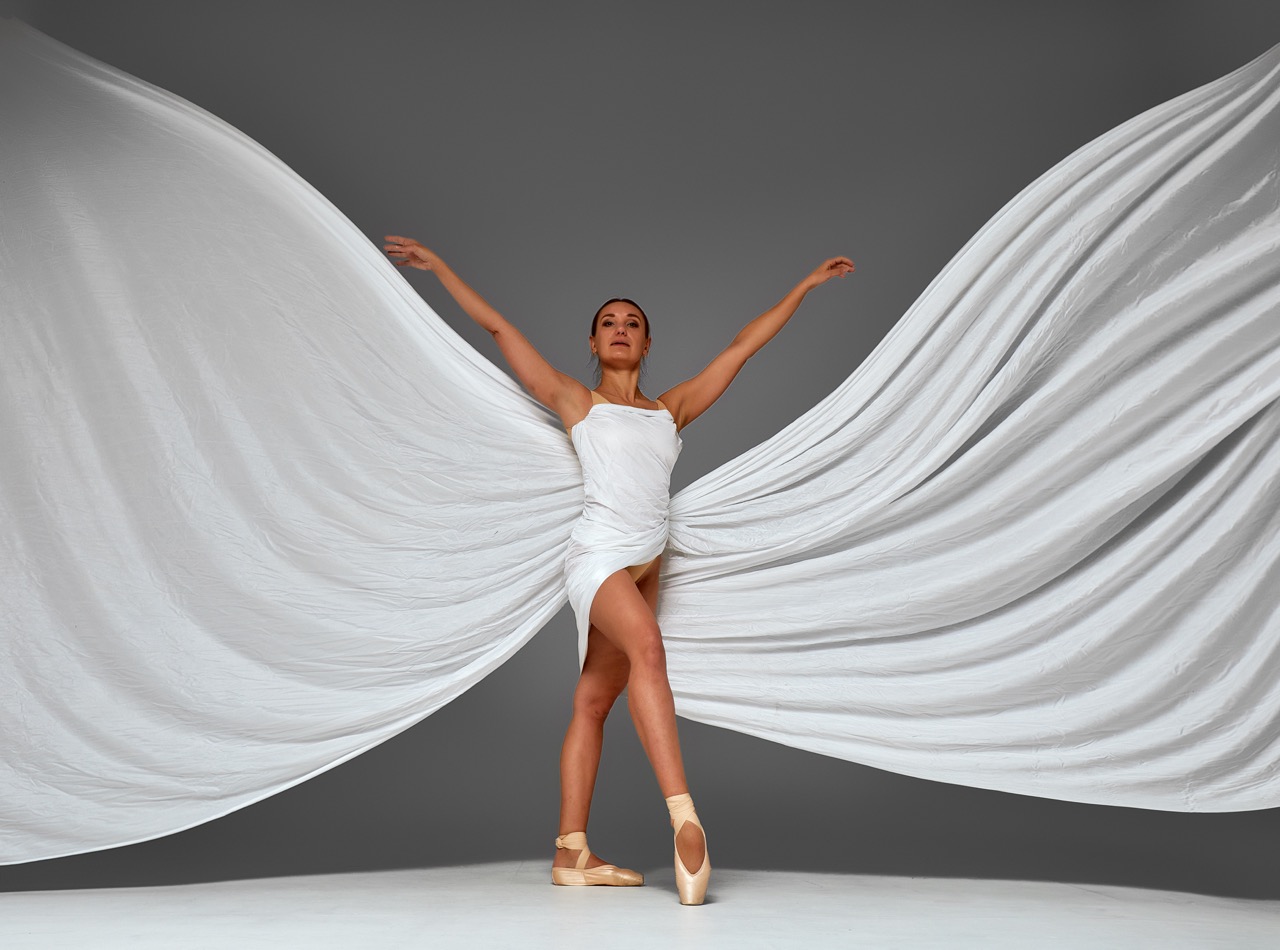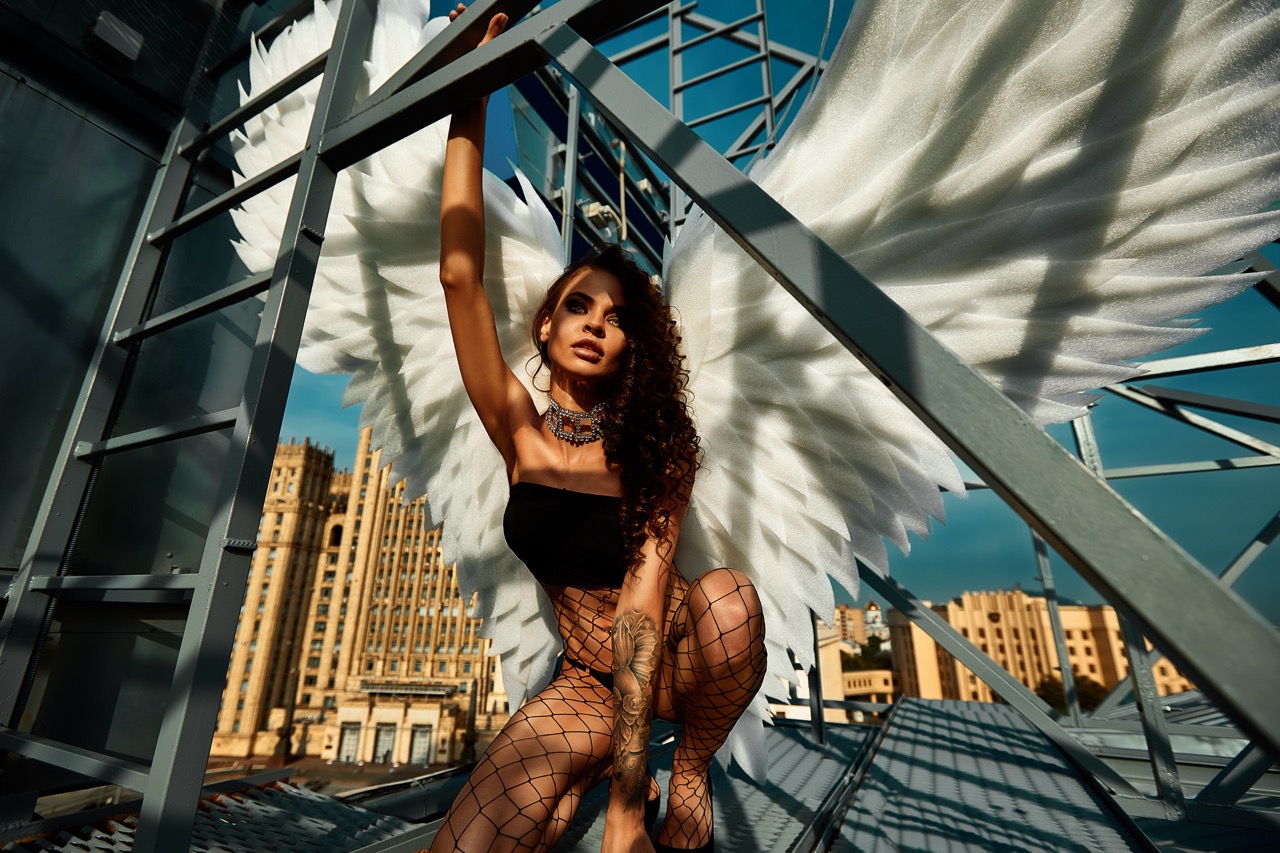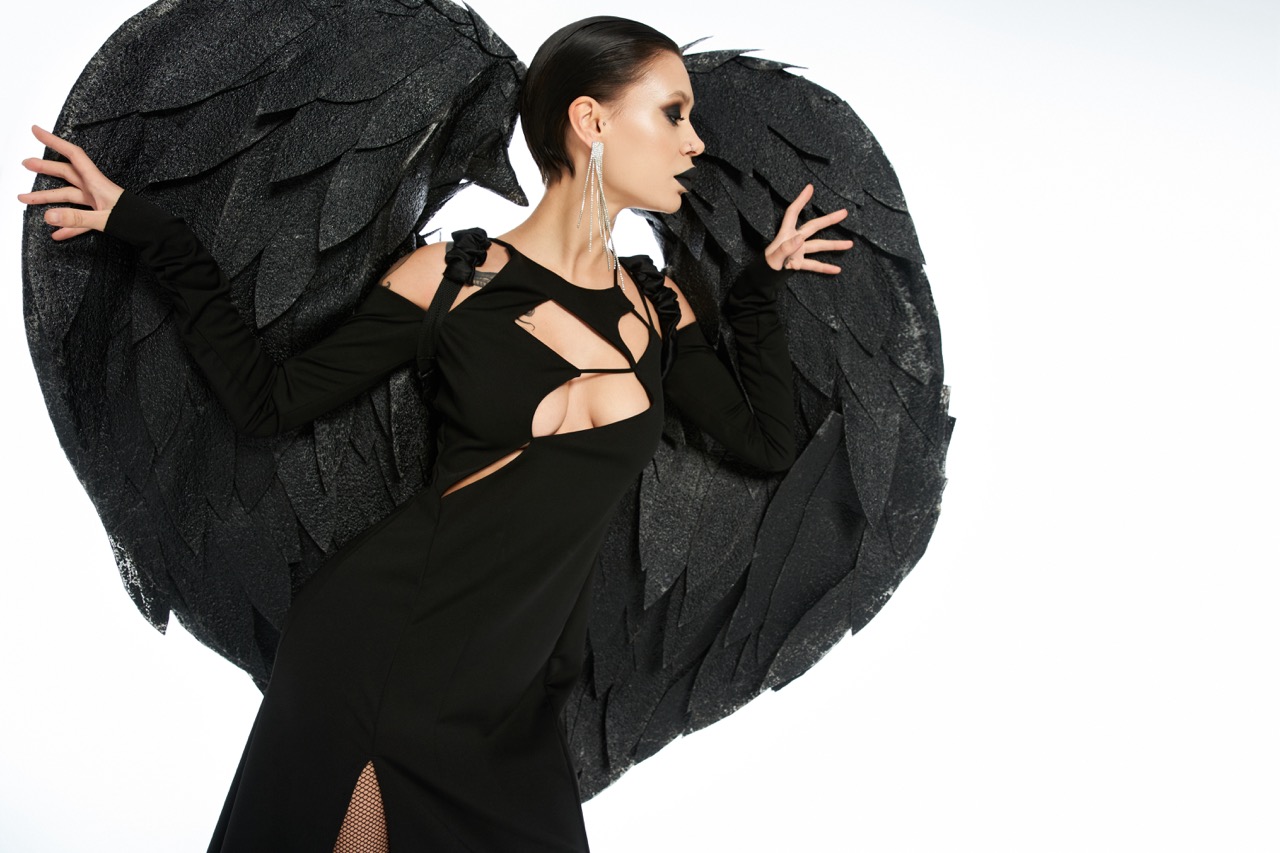Dance has long captivated audiences, combining the art of movement with expressive storytelling. Among the myriad elements that enhance this expressive form, wings have emerged as one of the most enchanting symbols. From soaring ballet performances to contemporary pieces that challenge traditional norms, the presence of wings evokes a powerful sense of freedom, transformation, and ethereality. This article delves into the most iconic dance performances featuring wings, exploring their historical significance, their breathtaking spectacle, and their transformative power in storytelling.
The Enchanting Allure of Wings in Dance History
Throughout history, wings have symbolized transcendence, liberation, and the divine, making them a poignant motif in dance. In ancient cultures, winged beings such as angels and deities were often depicted in art and performance, inspiring dancers to incorporate similar elements into their routines. The use of wings can be traced back to early classical ballets, where elaborate costumes transformed dancers into mythical creatures, allowing them to embody the ethereal qualities of flight and freedom. This fascination with wings seamlessly blended spirituality and artistry, capturing the imaginations of audiences across centuries.
As dance evolved, so too did the representation of wings. The late 19th and early 20th centuries saw an unprecedented fusion of movement styles, where ballet embraced more avant-garde elements. This era witnessed the emergence of innovative choreographers who utilized wings not only as physical adornments but as powerful narrative devices. The incorporation of wings into performances became a hallmark of artistic expression, showcasing the dancer’s skill while inviting deeper interpretations of their roles. The allure of wings transcended cultural and temporal boundaries, making a lasting impact on the evolution of dance.
Today, the enchanting allure of wings continues to inspire choreographers and performers alike. From the graceful movements seen in contemporary ballet to the dynamic expressions in modern dance, wings symbolize a universal yearning for freedom and transcendence. As we reflect on dance history, it becomes evident that wings are more than mere embellishments; they are integral to the dialogue between movement and meaning, allowing dancers to express the inexpressible.
Ethereal Elegance: Celebrating Iconic Winged Performances
One of the most renowned performances featuring wings is "La Sylphide," which premiered in 1832. In this romantic ballet, the ethereal sylph, a winged spirit, enchants the protagonist James, illustrating the duality of love and the unattainable. The delicate, flowing wings of the sylph, combined with the intricate choreography, create a visual spectacle that resonates with audiences. The performance captures the essence of longing and desire, while the wings serve as a poignant reminder of the ephemeral nature of beauty and love.
Another iconic performance is Martha Graham’s "Appalachian Spring," where the use of wings takes a metaphorical turn. Graham’s innovative choreography redefined modern dance, blending elements of folk tradition with profound psychological exploration. In this piece, the imagery of wings symbolizes hope and renewal, reflecting the resilient spirit of the American frontier. The dancers’ movements, reminiscent of the gentle flutter of wings, evoke a sense of ethereal elegance, transforming the stage into a landscape of emotional depth and human connection.
Moreover, the contemporary dance scene has embraced winged performances with compelling creativity. One standout example is the work of choreographer Akram Khan, whose piece "Vertical Road" incorporates stunning fabric wings that accentuate the dancers’ movements. In this performance, wings become an extension of the dancers’ bodies, creating a dialogue between earth and sky, human and divine. The ethereal elegance of Khan’s choreography elevates the wings from mere props to vital narrative components, immersing the audience in a profound exploration of identity and existence.
From Ballet to Contemporary: Wings Take Center Stage
The versatility of winged performances extends across various dance genres, illustrating their universal appeal. In ballet, the iconic "Swan Lake" features the mesmerizing transformation of Odette into a swan, symbolizing purity, grace, and tragedy. The use of feathered costumes and wings in this timeless classic creates a striking visual that complements Tchaikovsky’s haunting score. The ballet masterfully intertwines narrative and movement, with wings serving as a poignant reminder of Odette’s cursed existence and her longing for freedom.
Transitioning into contemporary dance, the incorporation of wings has taken on new forms and meanings. Choreographer Pina Bausch’s work often blurs the lines between reality and abstraction, and in pieces like "Café Müller," the use of wings — in the form of flowing fabrics and movements — evokes a sense of disconnection and yearning. Bausch’s innovative approach highlights the emotional weight that wings can carry, transforming them into powerful symbols of vulnerability and longing amidst the chaos of human relationships.
Moreover, the world of street dance has also embraced the concept of wings, showcasing their adaptability and impact. Performers like Lil Buck have integrated wing-inspired movements into their routines, emphasizing fluidity and freedom. The use of wings in this context strips away the traditional elegance often associated with ballet, transforming them into symbols of urban expression and personal storytelling. From ballet to contemporary and street dance, the evolution of wings continues to captivate audiences, illustrating their enduring presence in the dance world.
The Transformative Power of Wings in Dance Narratives
Wings often serve as metaphors for personal transformation, liberation, and the exploration of identity within dance narratives. In many performances, wings symbolize the journey from confinement to freedom, representing the struggles and triumphs of human experience. For instance, in the acclaimed work "The Rite of Spring" by Vaslav Nijinsky, the imagery of wings is used to convey the raw power of nature and the primal instincts of humanity. Through the dancers’ movements, the symbolic wings evoke a visceral connection to the earth and the cycles of life, inviting contemplation on the forces that shape our existence.
In contemporary dance, the transformative nature of wings is further underscored in performances that explore the intersection of culture and identity. Choreographers like Shamel Pitts incorporate wing-like movements to express themes of belonging and self-discovery. In his work "Touch of the Butterfly," Pitts utilizes wings as a powerful tool for communication, reflecting the complexities of navigating cultural heritage and personal identity. The wings become a dynamic representation of transformation, illustrating the fluidity of self as dancers embrace their multifaceted narratives.
Furthermore, the impact of wings in dance extends beyond individual storytelling to encompass collective experiences. In performances such as "Where the Wind Blows" by the renowned dance company Compagnie Käfig, wing-like choreography unites dancers in a mesmerizing display of community and shared struggle. The wings symbolize the collective aspirations and dreams of a group, highlighting the interconnectedness of human experiences. As dancers soar and glide across the stage, the transformative power of wings resonates deeply, reinforcing the idea that freedom, hope, and resilience are universal themes that transcend individual stories.
The iconic presence of wings in dance performances transcends mere visual allure; they embody deep-rooted symbolism and transformative narratives. From the delicate elegance of ballet to the innovative expressions of contemporary dance, wings have continually inspired audiences and dancers alike. Their ability to evoke emotions, tell stories, and represent the complexities of the human experience makes them an integral part of dance history. As we celebrate these iconic performances, we recognize the enduring spirit of wings, reminding us all of our innate desire for freedom and transcendence through the art of movement.






